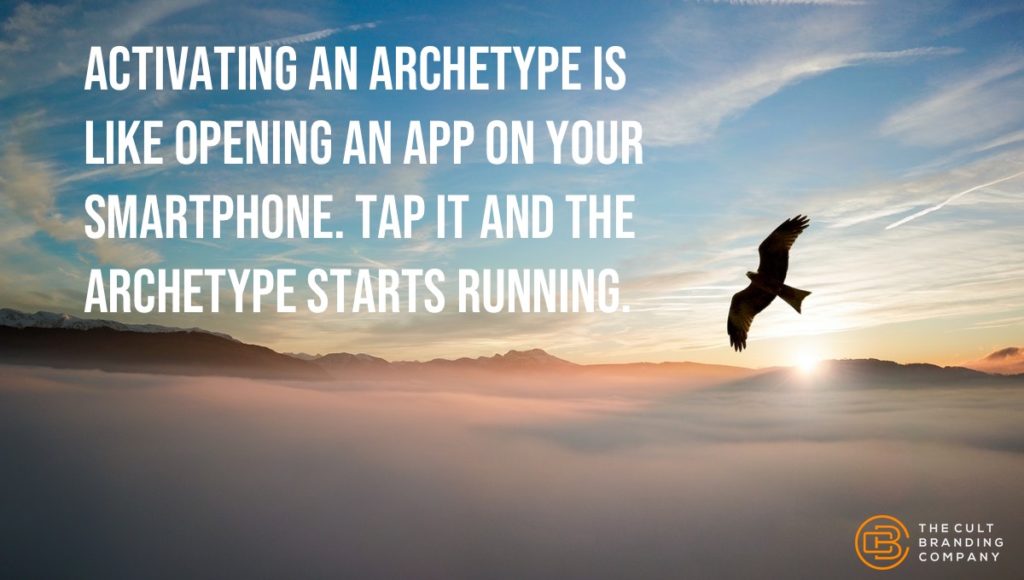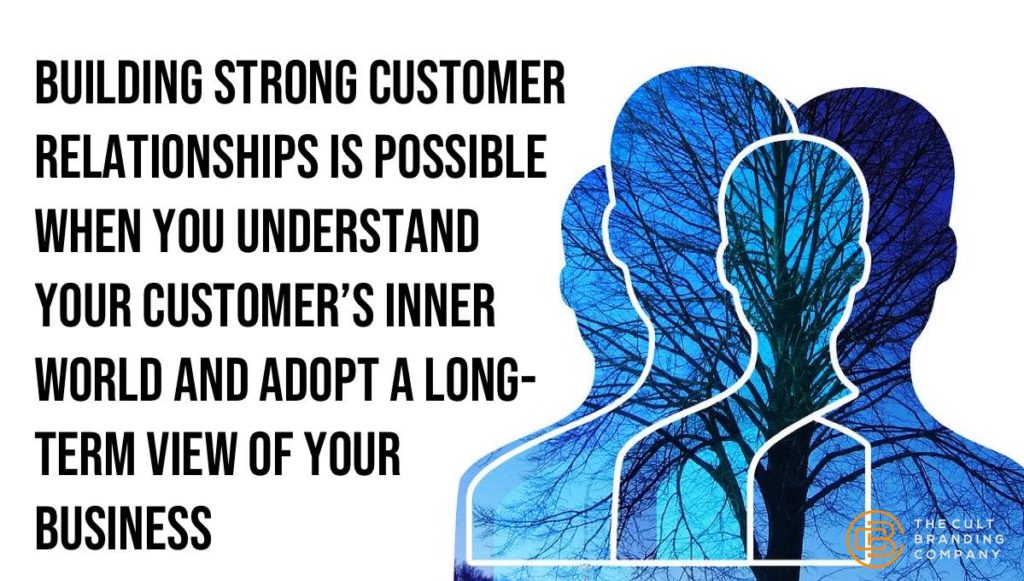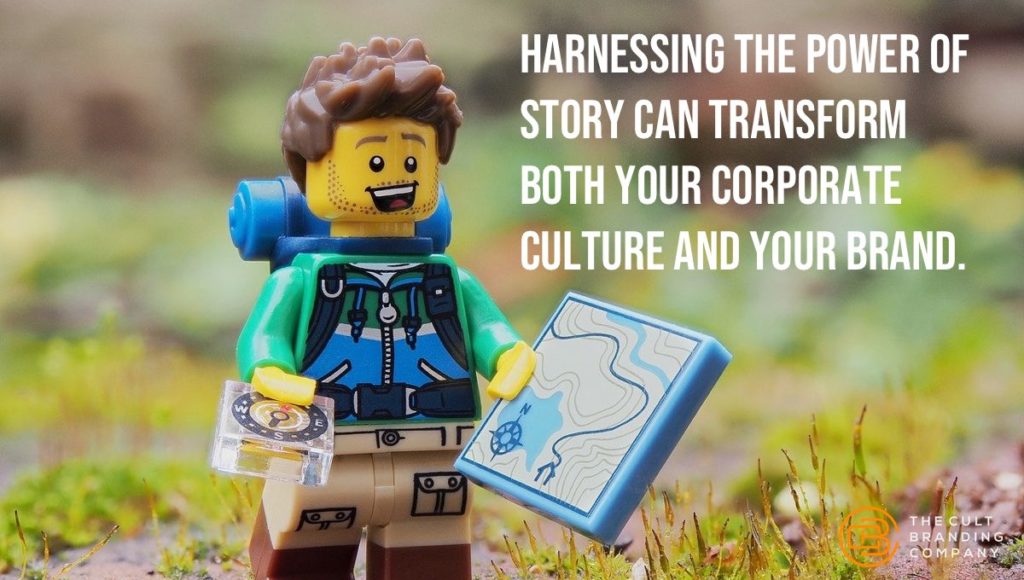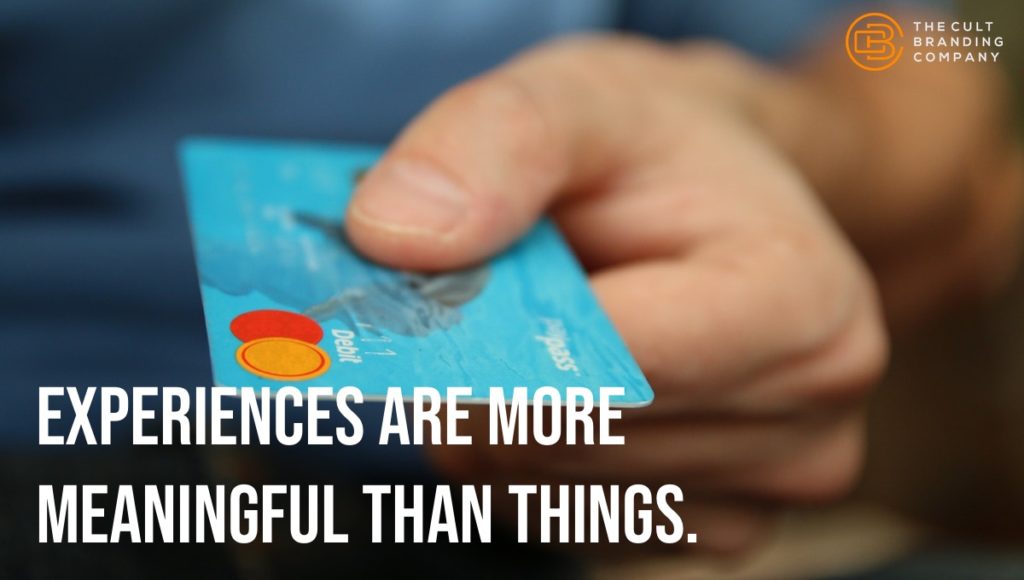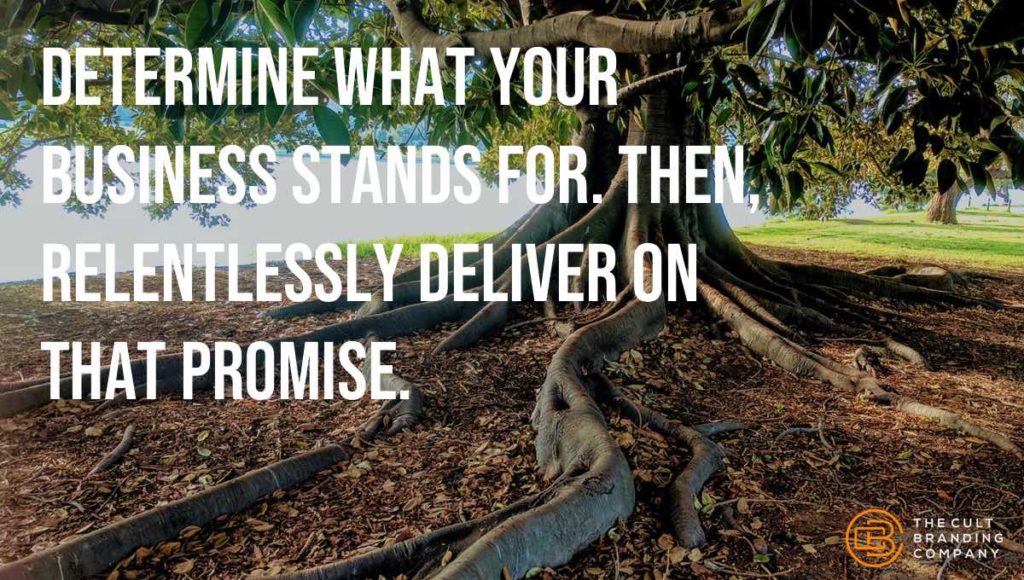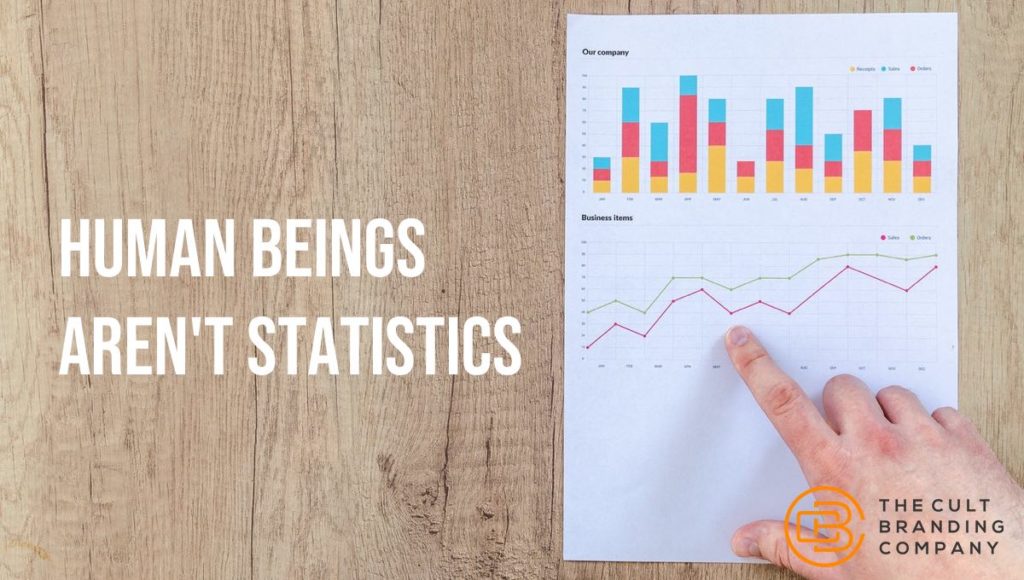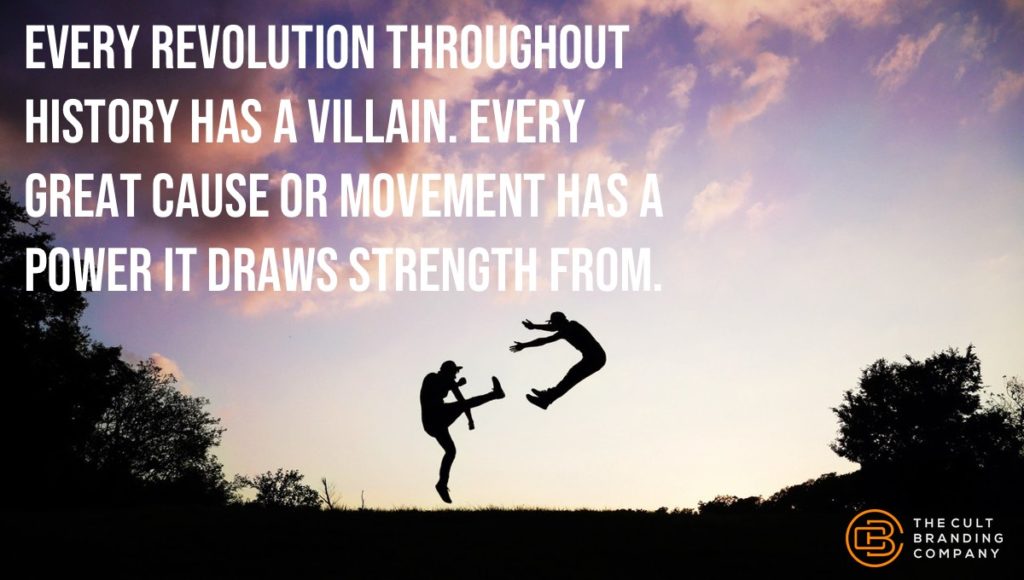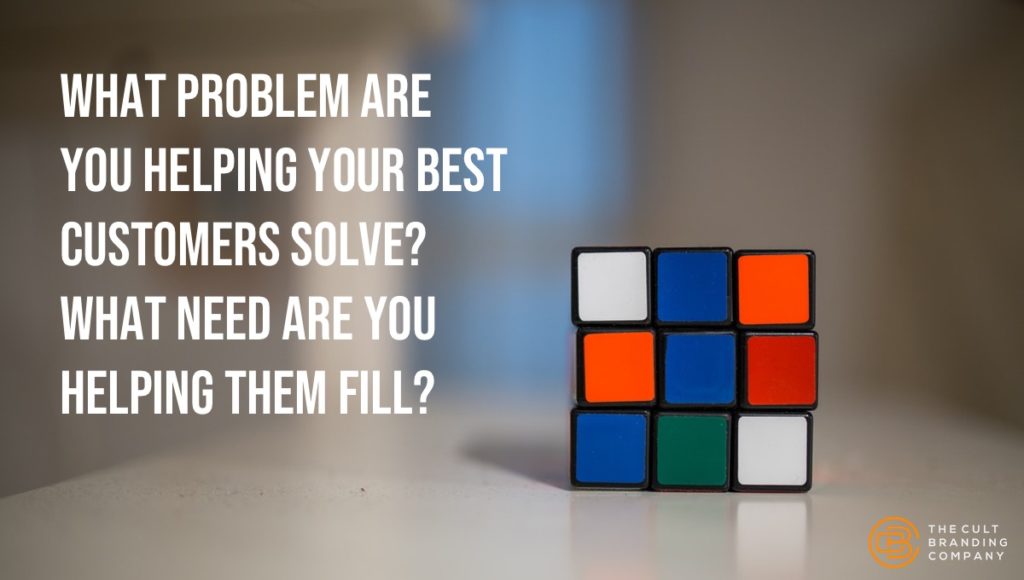
No matter how the technological and commercial landscape may change, your goal remains the same: to create customers.
More specifically, your goal is to build relationships with customers that translate to repeat business and positive word of mouth.
This challenging feat is, in large part, accomplished through branding: using a set of practices to get customers to associate specific emotions and images with a company.
When a group of customers associates desired emotions and images to a brand, that brand has “equity” it can leverage in order to grow.
Southwest Airlines, for example, offers warm, friendly service to its passengers in an industry notorious for subpar customer experience.
Their brand has become the “heart of the sky,” symbolized by a heart on the belly of its airplanes.
The Strategy: Focus On Your Best Customers
The secret ingredient to profitability and creating a loyalty-driven enterprise is what we call Brand Lovers: the customers who love you the most.
Brand Lovers emotionally connect with what you do and want to celebrate who you are. Their connection with your brand is so strong that they often don’t consider doing business with anyone else, and if they do: they always consider you first.
Apple’s Brand Lovers, for example, don’t consider purchasing a PC. To them, there is no alternative to Mac.
Your Brand Lovers choose you more often than your competitors. For many companies, the best customers drive most of the business’s profitability. Yet, these businesses often know very little about these customers.
Identify Your Brand Lovers
How do you find your best customers?
Actually, they often find you. They might hang out in your stores, repeatedly comment on your social media, send you e-mails, and call from time to time to tell you how great you’re doing.
Some customers might even blog about your products or services, or create videos and post them on YouTube. These special customers might mention you on their social networks.
On the financial side, if you maintain a customer database, you can sift through and determine who purchases from you with the greatest frequency and for the longest time span.
Know Your Brand Lovers
Your goal is to form a stronger relationship with your best customers. To accomplish this, start by getting to know them better.
Talk to them. Find out why they keep doing business with you. Don’t be afraid to ask. And, listen carefully.
Conducting online surveys can be helpful, but finding ways to directly talk to your customers provides deeper insights than any survey can. Sam Walton would often tell his executives: “If you don’t know what to do, go ask the customer. If it’s not happening in the store, it is not important.”
Look for the intangible clues that make you unique in your customers’ eyes. Uncover the emotional effect you have on them.
General market research doesn’t uncover the true drivers of choice for your best customers. These drivers are always below the surface in the subconscious realms.
Serve Them Better Than Anyone Else
There are always ways to grow your business by embracing your best customers.
Once you understand why your best customers love doing business with you, you will be better prepared to serve them. The answers don’t have to be complex.
How can you show them that you genuinely care about them?
For World Wrestling Entertainment (WWE), offering free meatball subs before their shows increased the love among early participants.
What problem are you helping your best customers solve? What need are you helping them fill?
Skaters were ostracized by most businesses, but Vans listened to its customers and developed products aligned with the skater lifestyle.
What are meaningful ways to celebrate their loyalty?
Are you grateful for your best customers? Do they know it? What are some ways to acknowledge your appreciation for their business?
You don’t necessarily have to give them a gift; sometimes a simple “thank you” will work wonders.
As a leader of your enterprise, your role is to create the future today. This requires you to know what your customers will want tomorrow. The only way to anticipate the future needs of your customers is to understand who they are. Then, you can create the future together.

